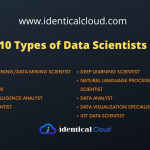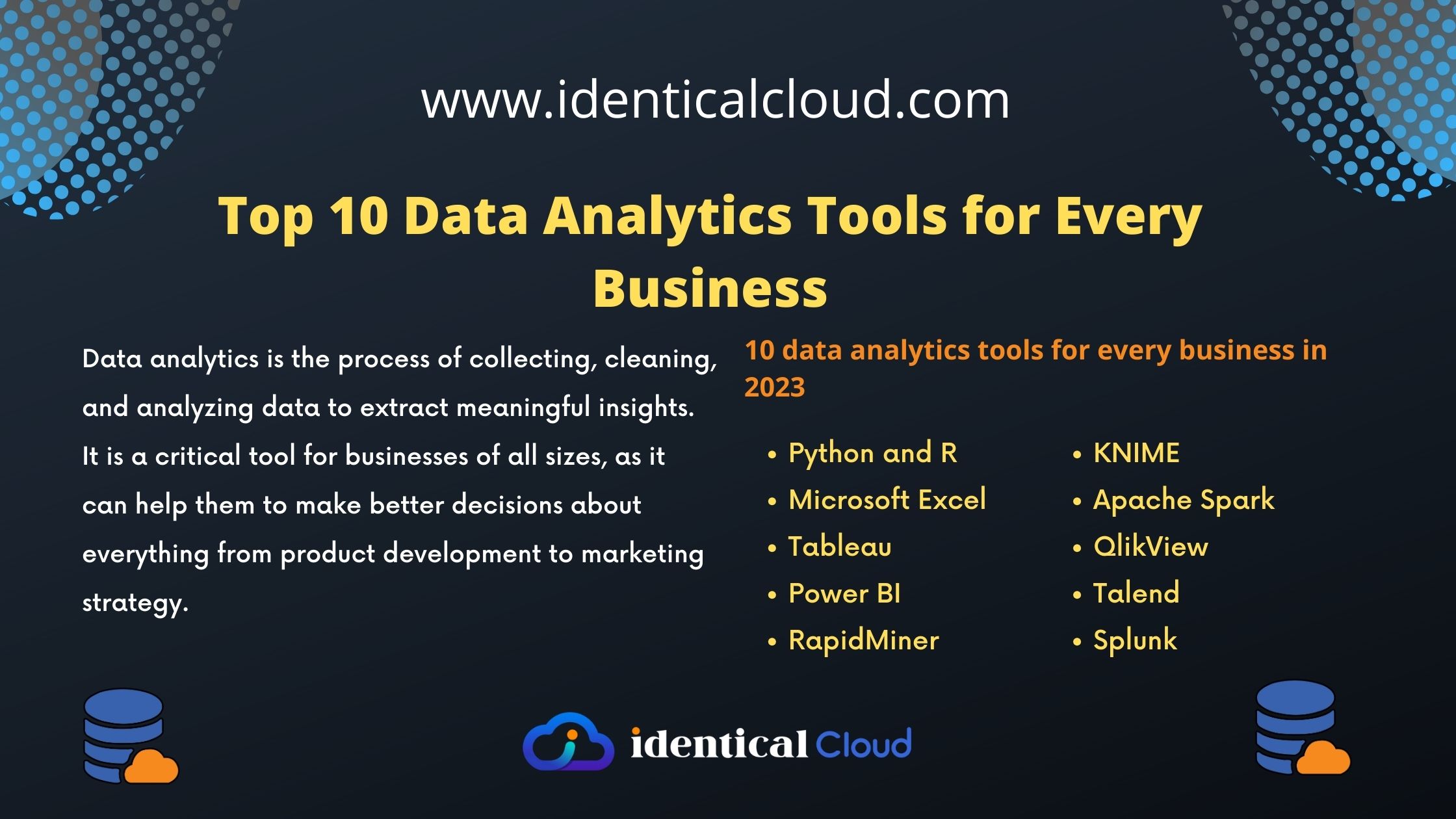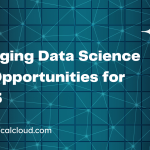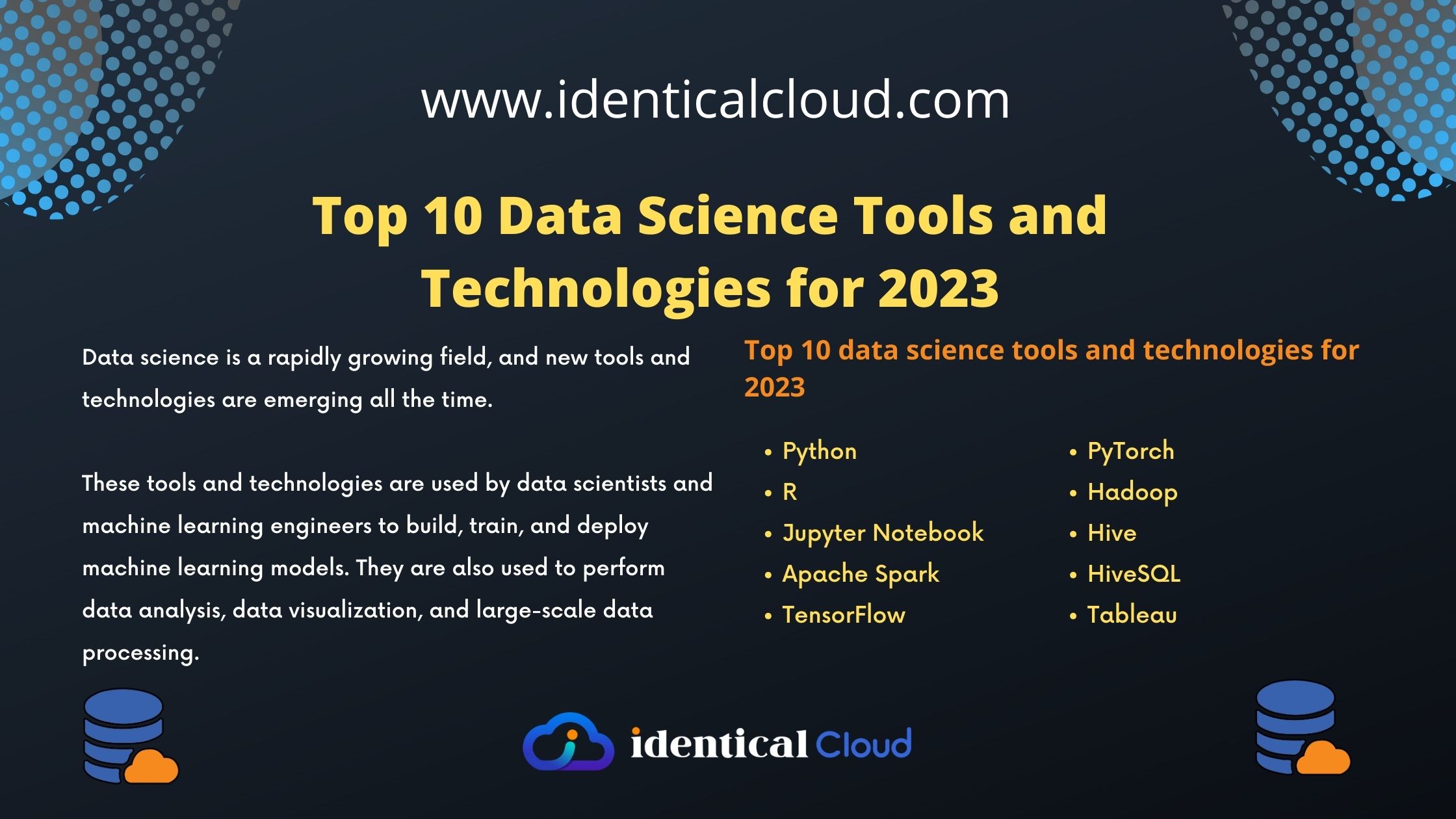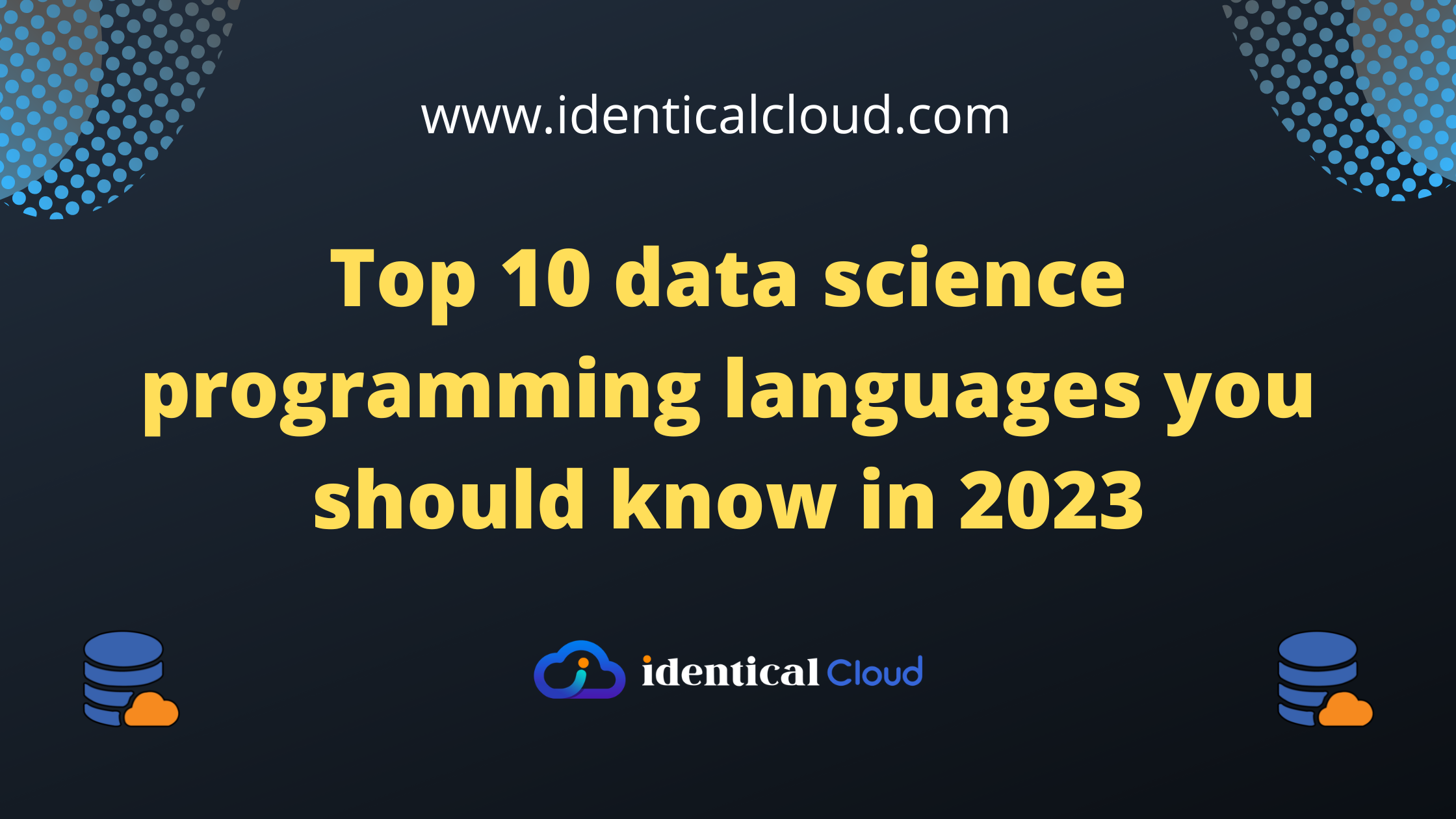
Top 10 data science programming languages you should know in 2023
Data Science is a rapidly growing field that requires a mix of skills, including the ability to work with data and programming languages. As a data scientist, it’s essential to have a strong understanding of programming languages and the tools that are used for data analysis, visualization, and modeling. With advancements in technology, the demand for data scientists continues to grow, and with it, the importance of knowing the right programming languages.
What is Data Science?
Data Science is an interdisciplinary field that involves using statistical and computational methods to extract insights and knowledge from data in various forms, both structured and unstructured. It involves the entire process of collecting, cleaning, processing, analyzing, and interpreting data to support decision-making and solving complex problems.
What You Need to Consider When Choosing the Best Programming Language for Your Data Science Career Path
When choosing the best programming language for your data science career path, there are several factors to consider:
- Popularity and Demand: Choose a language that is in high demand in the industry, and that has a large community of users and developers.
- Suitability for Data Science Tasks: Consider the language’s strengths and weaknesses for data manipulation, analysis, and visualization.
- Tools and Libraries: Consider the availability of tools and libraries for the language that are useful for data science tasks, such as machine learning libraries.
- Career Path: Consider which languages align with the career path you want to pursue, as certain languages may be more applicable for specific roles in data science.
- Learning Curve: Consider the ease of learning the language and its level of complexity.
- Compatibility with Other Technologies: Consider whether the language is compatible with other technologies you may be using, such as database systems and cloud platforms.
Ultimately, the best programming language for your data science career path will depend on your goals, interests, and the specific data science tasks you will be performing.
How do I Get Started in Data Science?
Getting started in Data Science requires a combination of education and hands-on experience. Here are some steps to help you get started:
- Acquire a solid foundation in mathematics, statistics, and computer science.
- Choose a programming language and become proficient in it. Python and R are two of the most popular languages in data science.
- Familiarize yourself with the tools and technologies used in data science, such as SQL, Git, and Jupyter notebooks.
- Gain practical experience by working on real-world projects, such as analyzing datasets, creating visualizations, and building predictive models. Participate in online hackathons and Kaggle competitions to expand your skill set.
- Stay up-to-date with the latest developments and trends in data science by reading industry blogs and articles, attending conferences and workshops, and participating in online communities.
- Build a portfolio of your work to showcase your skills to potential employers.
- Consider obtaining a data science certification, such as the Certified Analytics Professional (CAP) or the Certified Data Scientist (CDS) to demonstrate your knowledge and expertise.
Remember that becoming a successful data scientist requires continuous learning and a passion for solving complex problems with data.
How Is Programming Used in Data Science?
Programming is a fundamental aspect of data science, and it is used to automate various tasks throughout the data science process. Some of the ways programming is used in data science include:
- Data Collection and Preparation: Programming is used to extract, clean, and transform data from various sources into a format suitable for analysis.
- Data Analysis: Programming is used to perform statistical analysis and generate insights from data.
- Data Visualization: Programming is used to create visual representations of data, such as charts, graphs, and maps, to help communicate findings and insights.
- Machine Learning: Programming is used to build, train, and validate machine learning models for predictive analysis and decision-making.
- Model Deployment: Programming is used to deploy machine learning models in production environments and make predictions on new data.
- Automation: Programming is used to automate repetitive and time-consuming tasks, such as data preparation and feature engineering, to streamline the data science process.
In data science, programming is used to bridge the gap between the raw data and the insights and decisions that are derived from it. The choice of the programming language will depend on the specific tasks and goals of the data science project.
Data science programming languages you should know
Here, we’ll take a look at the top 10 data science programming languages you should know in 2023.
Python
Python is a high-level, general-purpose programming language that is widely used in data science. It is easy to learn, has a large community, and is equipped with a vast number of libraries and packages for data analysis, visualization, and modeling.
R
R is another popular programming language that is used in data science. It has a rich set of libraries and tools for data analysis, visualization, and modeling, making it an ideal choice for data scientists.
SQL
SQL (Structured Query Language) is a language used to manage data stored in relational databases. It is essential for data scientists to know SQL as it allows them to extract data from databases for analysis.
Scala
Scala is a modern programming language that runs on the Java Virtual Machine (JVM). It is designed for high performance and is ideal for large-scale data processing.
Julia
Julia is a high-level programming language designed specifically for numerical and scientific computing. It has a syntax that is similar to that of MATLAB, making it easy for scientists and engineers to use.
Java
Java is a popular programming language that is used for a wide range of applications, including data science. It has a large community, is well-documented, and is equipped with a number of libraries and tools for data analysis and modeling.
JavaScript
JavaScript is a high-level, dynamic programming language that is commonly used for web development. It has recently gained popularity in data science due to its ability to process large amounts of data in real-time.
MATLAB
MATLAB is a high-level programming language that is widely used for numerical and scientific computing. It has a large number of libraries and tools for data analysis, visualization, and modeling.
SAS
SAS is a proprietary software suite for data management, analytics, and business intelligence. It is widely used in the industry and is equipped with a number of tools for data analysis and modeling.
Swift for TensorFlow
Swift for TensorFlow is a new programming language that is designed specifically for machine learning and deep learning. It has a syntax that is similar to that of Python, making it easy to learn, and is equipped with a number of libraries and tools for machine learning.
In conclusion, the top 10 data science programming languages you should know in 2023 are Python, R, SQL, Scala, Julia, Java, JavaScript, MATLAB, SAS, and Swift for TensorFlow. Each language has its strengths and weaknesses, and the choice of programming language depends on the specific requirements of the data science project. By having a strong understanding of these programming languages, data scientists can choose the right tool for the job and perform data analysis, visualization, and modeling effectively.

